A snake´s diet
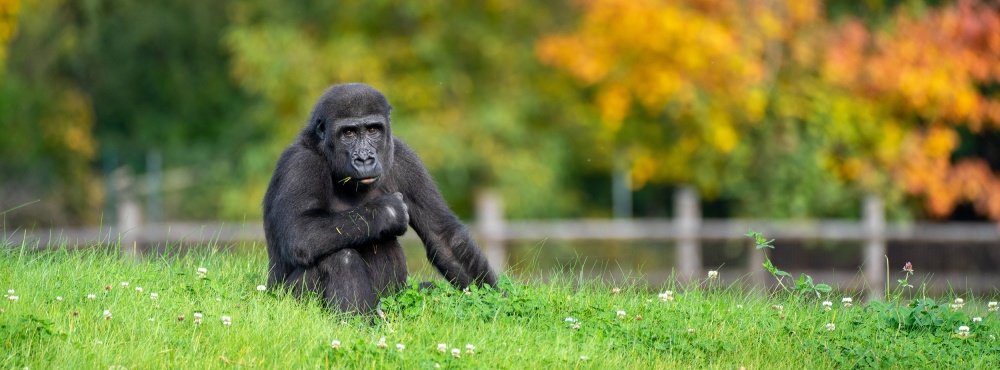
You would hardly find any vegetarian snake. All of them follow an animal-based diet. However, even though most people think they eat exclusively or mostly rodents, it is not always the case: their diet can be surprisingly varied. Come and learn more about snakes´ feeding habits!

DEMANDING FEEDING
Snakes’ teeth are as sharp as needles but unable to tear off bites, so snakes swallow their food whole, although it is often larger than their heads. This process is laborious and is only possible due to the loosely joined bones of their skulls, which allow them to open their jaws extremely wide, and the highly elastic skin of their mouths and necks. To breathe while swallowing, snakes can extend the opening to their windpipe—called the glottis—out of their mouths.
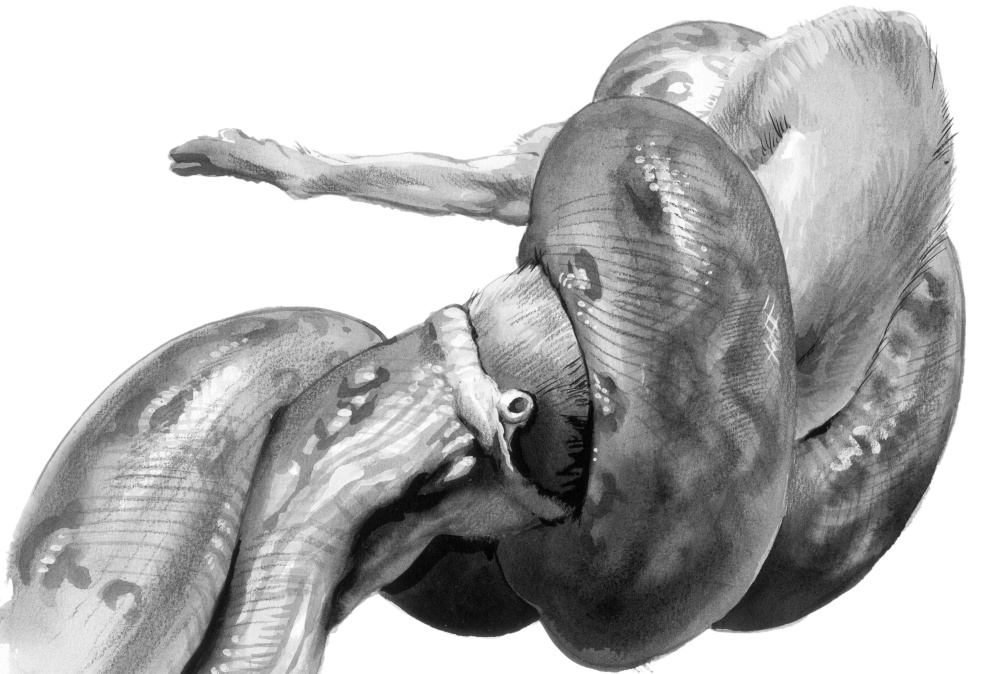
EXCEPTIONAL PATIENCE
Snakes are masters of ambush. Although many seek actively for their prey, the “sit and wait” strategy is prevalent. They remain motionless, waiting for prey to come close, and then strike swiftly to catch it. Some snakes, such as death adders, even use a lure. The only visible part of their otherwise camouflaged body is their worm-like tail, which they wiggle in front of their head to attract small animals that mistake it for a real worm.
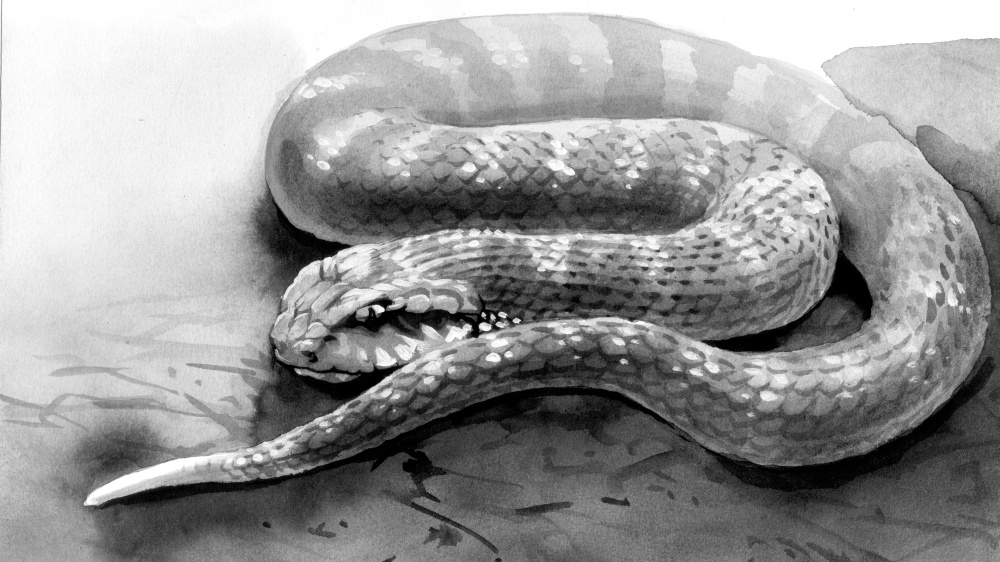
FOOD SPECIALISTS
Some species of snakes focus on a single type of food—and sometimes a very special one!

The queen snake prey on recently molted crayfish—soft enough to be swallowed.
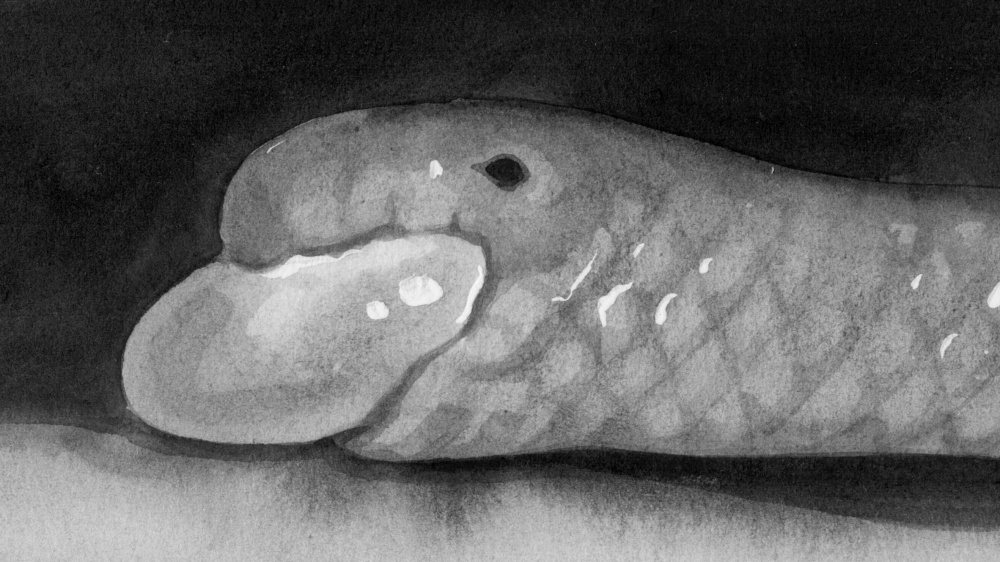
Blind snakes are so small that many of them eat only ants’ and termites’ eggs, larvae and pupae.
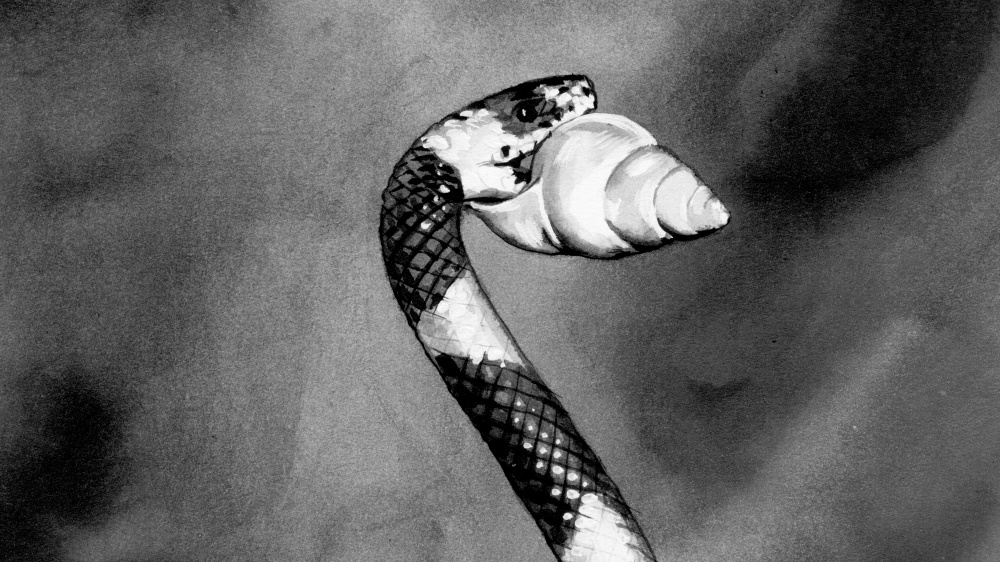
Snail-eating snakes dig snails from their shells.
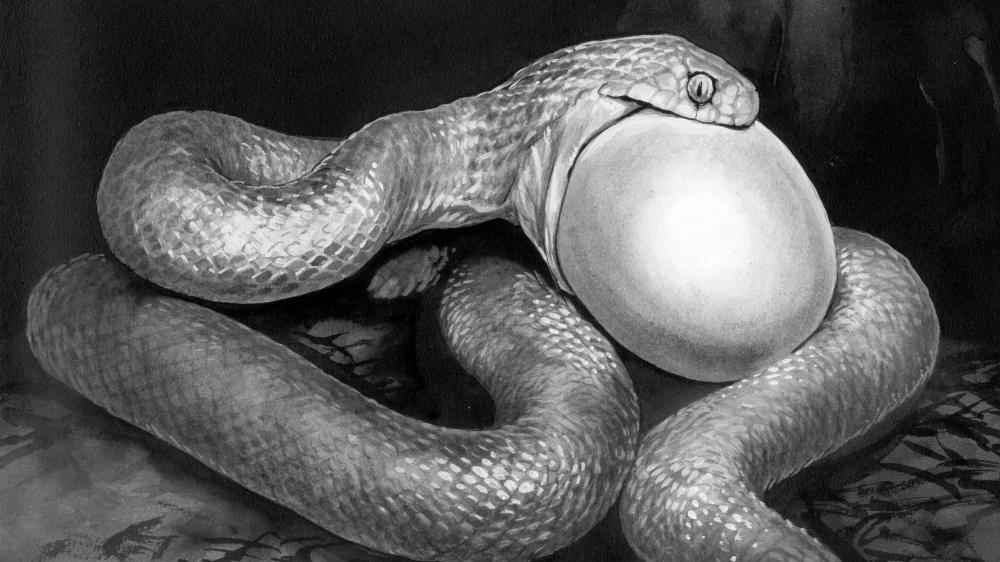
Egg eaters are live only on birds’ eggs.
WAYS OF KILLING
Small prey is often swallowed alive by snakes. Larger and more dangerous prey, however, needs to be killed first. Snakes use two different ways to do this.
VENOM
The use of venom is typical for more evolutionarily advanced snakes. The venom, which is injected into the prey’s body through a snakebite, usually has a decomposing effect as well, helping to predigest the prey.
CONSTRICTION
The snake coils around its prey so tightly that it restricts the prey’s respiration and blood flow. This eventually leads to heart failure. These snakes are called constrictors.
VENOMOUS SNAKES
Over 80 % of all known snake species have venom glands, but only about 10 % of these are dangerous to humans.
TYPES OF SNAKE VENOMS
• Haemotoxic—Cause internal bleeding.
• Neurotoxic—Affect nervous system, leading to paralysis and eventually suffocation.
• Cytotoxic—Decompose tissues, thus destroying organs.
CZECH: Hadí jídelníček
ZOOPRAHA.CZ
Contacts
- The Prague zoological garden
U Trojskeho zamku 120/3
171 00 Praha 7
Phone.: (+420) 296 112 230 (public relations department)
e-mail: zoopraha@zoopraha.cz
Others








